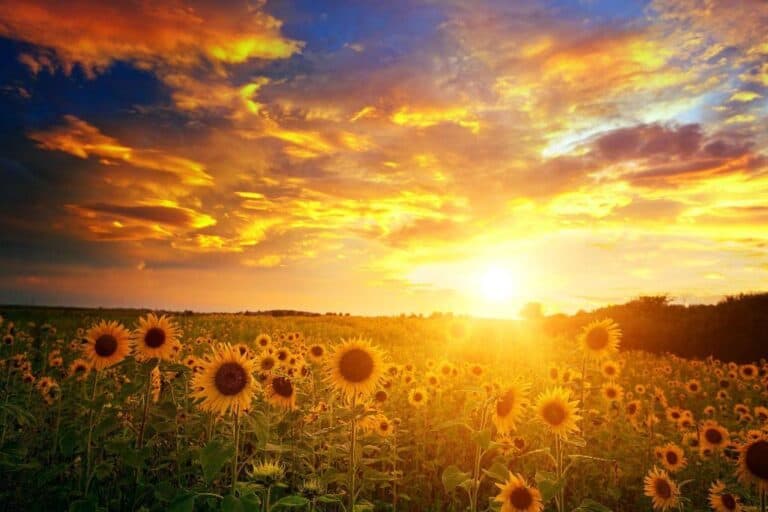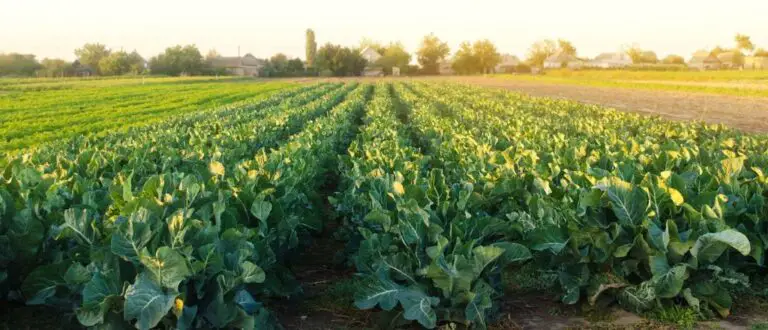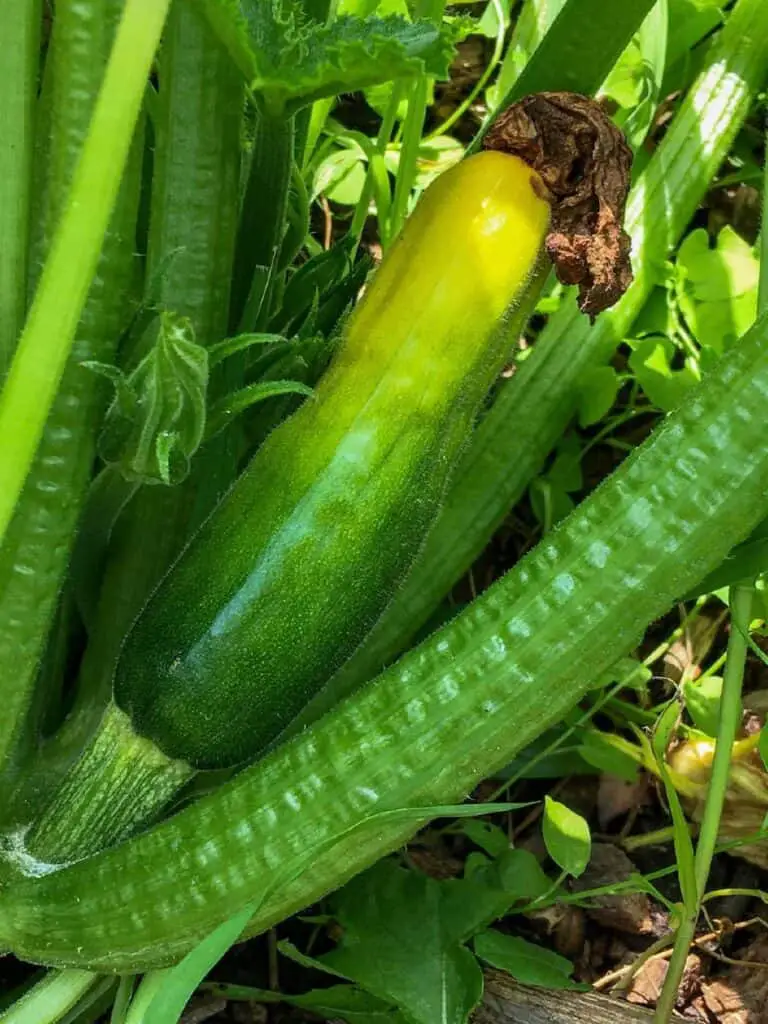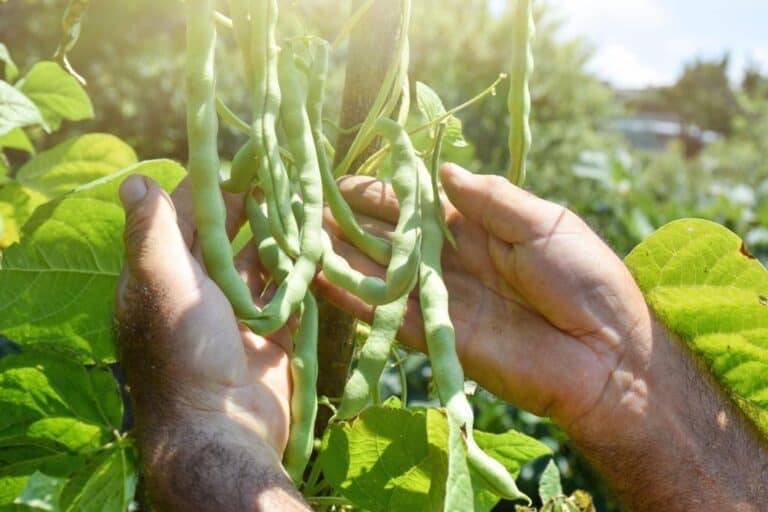Where Does Elderberry Grow? Best Place to Plant Elderly Bushes
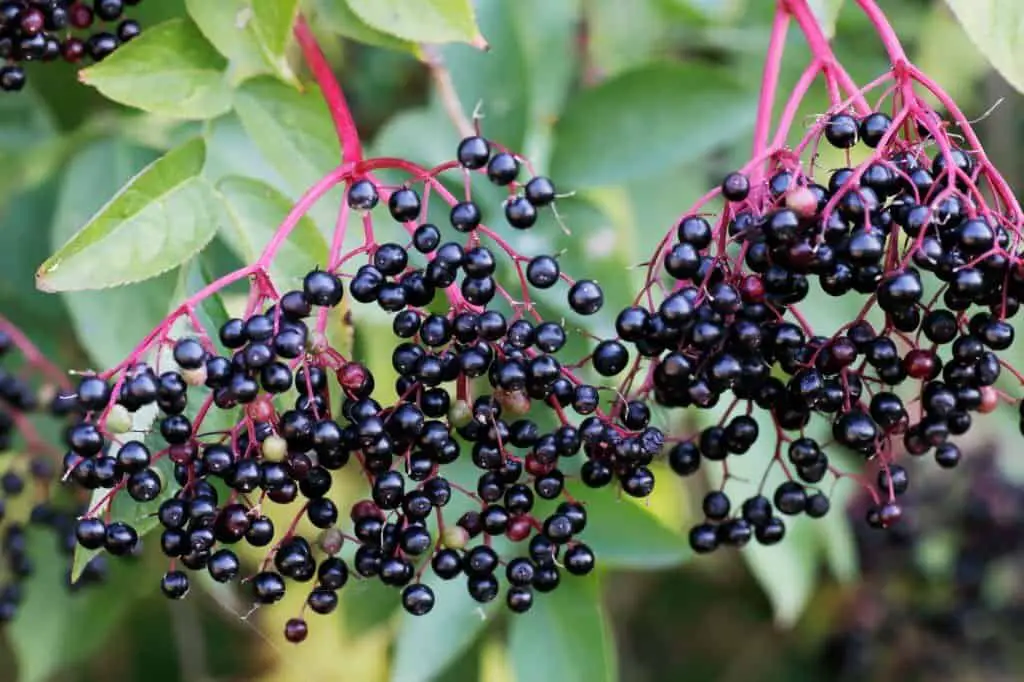
There’s a new trend taking over the internet, and it’s not a fad diet or the latest fitness craze. It’s elderberry bushes! These plants have been around for centuries and have been used for their medicinal properties for just as long. In recent years, elderberries have become popular for their ability to boost the immune system.
Elderberry bushes are easy to grow and can be found at most nurseries. They’re also relatively low maintenance, which is good news for those of us who don’t have a green thumb. If you’re looking for a way to improve your health and well-being, consider adding an elderberry bush to your yard.
Elderberry bushes are one of the most popular types of bushes. They are often used in landscaping and gardens because of their beauty and usefulness.
They are easy to grow and maintain, and they have many benefits. Elderberry bushes can be used as a privacy hedge, windbreak, or focal point in a garden.
Elderberries can be used to make pies, jams, and wine. You can also find them in some supplements and skincare products.
So, where does elderberry grow? Elderberries grow in many places around the world, including Europe, North America, and Asia. The climate and soil type that elderberry plants prefer vary depending on the species.
What are Elderberry Bushes?
The elderberry bush is a deciduous shrub that can grow to be about 10 feet tall. It has clusters of small, white flowers that bloom in the springtime. These flowers are followed by dark purple berries that are ripe for picking in the summertime.
The elderberry grows as a shrub or small tree. It has a short trunk that is usually partially covered with brown bark and leafy branches. It is often found in woodlands and along stream banks.
The leaves are dark green, oval shaped, and have a pointed tip. The plant has small white flowers that bloom from May to June. Each flower has five petals, five sepals, and ten stamens.
Elderberries can be used to make pies, jams, and wines. They are also known for their medicinal properties and have been used to treat colds, flu, and other ailments for centuries.
Elderberry flowers and berries are said to have a number of health benefits. Elderberries contain antioxidants, which neutralize free radicals, which can harm cells. Elderberry also includes vitamins A and C, as well as flavonoids (plant compounds) that may help with inflammation.
Elderberry Etyomology and Origin
The word “elderberry” is thought to come from the Anglo-Saxon word “aeld” which means “fire”. This is likely because the berries were used to make a type of wine called “elderflower cordial”.
The elderberry has been mentioned in many works of literature, including Shakespeare’s A Midsummer Night’s Dream and Chaucer’s The Canterbury Tales.
The exact origin of the elderberry is unknown, but it is believed to be native to Europe, North Africa, and West Asia. It has been naturalized in many other parts of the world, including Australia, New Zealand, and North America.
The elderberry is a member of the Caprifoliaceae family, which includes other plants such as honeysuckle and snowberry.
Elderberry Varieties
There are many different varieties of elderberry trees, and the fruit they produce can vary widely in taste and appearance. The two most common types of elderberry are the American elderberry (Sambucus canadensis) and the European elderberry (Sambucus nigra).
The American elderberry is native to North America, and its berries are small and dark blue. They have a tart, slightly sweet flavor that is popular in pies and jams.
They grow in moist soil near the edges of forests or swamps. It may reach a height and width of five to ten feet and has gray-barked stems with white pithy cores.
The European elderberry is native to Europe and Asia. They look a lot like American elderberries and are closely linked to them. The main difference is that European elderberries look more like trees and can’t handle the cold as well. European berries are larger and darker than those of the American variety.
Where Does Elderberry Grow?
Elderberries grow in many different locations around the world. There are many different species of elderberry, and they can grow in a variety of climates.
Elderberries are native to Europe, Asia, and North America, but they can also be found in Australia and New Zealand.
In general, elderberries prefer temperate climates with cool winters and warm summers. The best place to plant elderly bushes is in soil that is moist and well-drained. In temperate climates, elderberries are often found in hedgerows and along roadsides, but they can also be found growing wild on hillsides.
However, some species of elderberry can tolerate colder climates. They can be found at higher altitudes.
How to Grow Elderberry in Your Backyard
If you are looking for a shrub to grow in your backyard, elderberry is a good choice. Not only will it provide you with delicious fruit, but it will also have health benefits for you and your family.
Here are a few tips on how to grow some elderberry plants to your backyard:
- Elderberries are best grown in full sun. They can tolerate partial shade, but won’t produce as many berries.
- The shrub prefers moist, sandy soils and does not tolerate drought or soggy conditions.
- It’s best to plant elderberries in the spring when the danger of frost is past and the plants can be given a deep watering.
- If you’re growing from seed, start them indoors 6-8 weeks before the last frost date in your area.
- Plant them about 4 feet apart, in rows that are 10 feet apart.
- Elderberries can be propagated by seed or by taking cuttings from existing plants.
- In the second or third growing season, you should be able to harvest elderberry fruits.
- Wait till they turn deep purple and almost black before picking them up.
- The quickest method for harvesting the fruit is to trim the entire berry cluster from the plant and then carefully extract the individual berries.
| The berries have a short shelf life, so you should immediately refrigerate, freeze, or dry them after picking them. |
Elderberry Plant Care
Elderberry plants are a beautiful addition to any garden, and they are relatively easy to care for. Here are a few tips to keep your elderberry plants healthy and happy:
- Water regularly, especially during early and dry periods. Elderberry plants need full sun to partial shade, and well-drained soil. They are drought tolerant once they are established, but will produce more fruit if they are watered regularly during dry periods.
- Fertilize once a year in the springtime. Elderberry plants are easy to take care of and only need to be fertilized once a year. The best time to fertilize is in the spring, before the plant starts to bloom. To fertilize, mix one part elderberry fertilizer with ten parts water and apply it to the soil around the base of the plant.
- Prune regularly to encourage new growth. To promote new growth and prevent the plant from becoming too leggy, prune elderberry plants in early spring. Cut back the canes that flowered the previous year by about one-third their length. Also remove any dead or damaged canes.
- Protect from frost in the wintertime. One of the most important things to remember when caring for elderberry plants is to protect them from frost. Frost can damage the delicate leaves and flowers of the plant, so it’s important to take steps to prevent this from happening. One way to do this is to mulch around the base of the plant. This will help insulate the roots and keep them warm.
With just a little bit of care, your elderberry plants will thrive and provide you with lovely blossoms and delicious berries for many years to come.
Conclusions
Elderberry is a deciduous shrub that is native to Europe, North Africa, and West Asia. The elderberry plant grows in a wide range of habitats, including woods, hedgerows, and open fields. Elderberries are tolerant of both shade and sun, but they prefer moist soils.
The best place to grow elderberries is in an area with full sun and well-drained soil. Elderberry can also be grown in partial shade, but it will produce fewer berries. The shrub prefers moist, sandy soils and does not tolerate drought or soggy conditions.
Elderberries are found throughout the United States and Canada.

